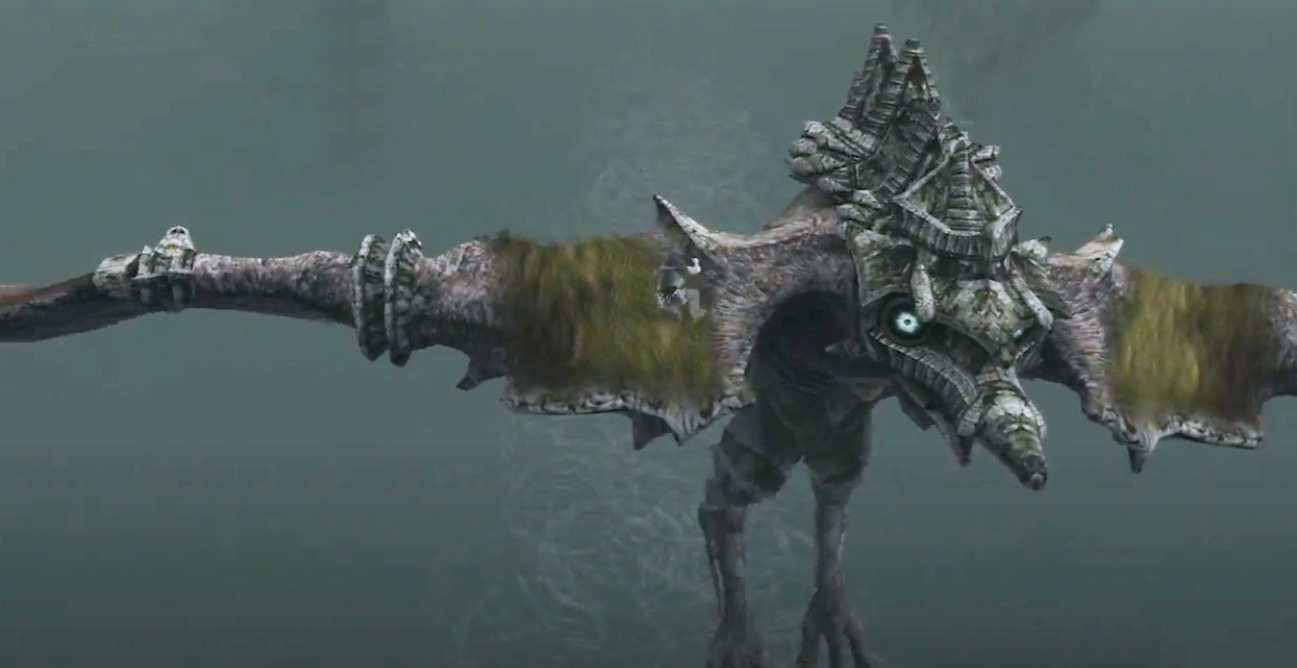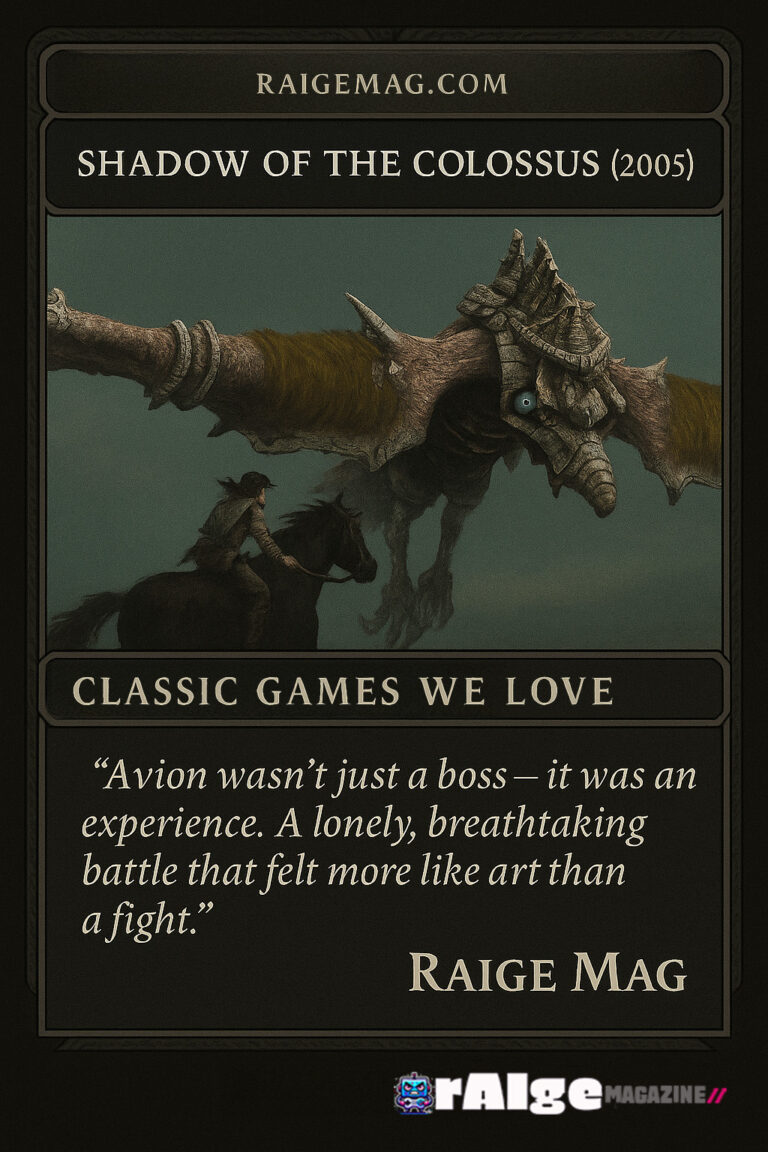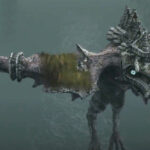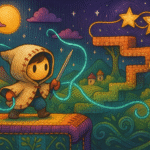🔥 Limited Release — Skeleton Coder Collection is here. Shop the Drop Dismiss
raigemag@gmail.comClassic Games We Love, Reviews1 month ago37 Views

By April Scott
Few games are spoken of with the same hushed reverence as Shadow of the Colossus. Released in 2005, it’s often called one of the most profound video game experiences ever created — not because of complex mechanics, but because of its haunting emptiness, its quiet beauty, and the way it made players question what it means to be a “hero.”
For me, I didn’t discover Shadow of the Colossus until 2017 — more than a decade after its release. By then, the controls felt dated, clunky even, and at first that was frustrating. But something about it pulled me in: the silence of its world, the loneliness of its vast landscapes, and the way the battles weren’t endless waves of enemies — just you, your horse, and sixteen impossibly massive colossi.
Most of the game is spent searching. Hunting down colossi across sun-scorched plains, ruined temples, and windswept cliffs. The journeys often felt longer than the battles themselves — and yet, that’s where the game lived.
The world is empty — except for a few birds and your faithful horse, Agro. And Agro is unforgettable. You don’t just press a button to mount him. You call his name, you whistle, you shout for him. It creates a bond. He isn’t just a tool, he’s a companion, and I’ve never forgotten him.
Each battle was a puzzle. Some were tough, but never punishing in the Dark Souls or Bloodborne sense. Once you figured them out, they became doable. But one fight stands out above all: the great bird — Avion.
To face it, you first had to swim across a terrifying body of water to a platform. Only then would Avion swoop down after you provoked it with arrows. The moment it dove toward me, wings spread, I leapt and clung for my life as it soared into the sky. Hanging on as the wind whipped past, desperately searching for glowing weak points, was exhilarating. And all the while, the game’s incredible music surged — not just background noise, but an anthem cheering me on.
And yet, killing the colossi never felt like victory. They weren’t cruel. They weren’t evil. They were solitary, ancient beings — more like tragic guardians than villains. Each defeat carried a wave of sadness. It wasn’t just a mechanic; it was storytelling in motion.
That’s what made Shadow of the Colossus more than a game. It was an experience. A meditation on isolation, sacrifice, and what it means to pursue power at a cost.
Playing Shadow of the Colossus changed the way I saw video games. It showed me that games aren’t just entertainment — they’re living, participatory stories. They’re crafted with intelligence, care, and magic that can leave as deep a mark as any novel or film. Nearly 20 years after its release, Shadow of the Colossus still has that power. Whether you play the original or one of its remakes, its magic remains intact. If you’ve never played it, you owe it to yourself to step into that lonely, breathtaking world. And if you already have, replay it. Because some journeys never lose their ability to move you.
Shadow of the Colossus was directed by visionary designer Fumito Ueda and developed by Team Ico, part of Sony Computer Entertainment’s Japan Studio. Team Ico had previously created the celebrated PlayStation 2 title Ico (2001), and Shadow of the Colossus is often regarded as its spiritual successor. Both games share the same minimalist storytelling, emotional resonance, and focus on atmosphere over exposition — hallmarks of Ueda’s design philosophy.







